
Exploring Video Games: Understanding the Differences Between Metroidvania and Search-Action Blends

Exploring Video Games: Understanding the Differences Between Metroidvania and Search-Action Blends
Key Takeaways
- Metroidvania games reward progression and exploration with new abilities and upgrades to access more of the map.
- The genre originated with Metroid and Castlevania, evolving to include indie hits like Cave Story and Axiom Verge.
- Modern Metroidvania titles, such as Dead Cells and Ori series provide a range of takes on the genre that blend different genres and provide accessible and unique entry points to the genre.
The “Metroidvania” genre can be hard to wrap your head around if you’re not familiar with the Metroid or Castlevania franchises. To further muddy the waters, the genre has a completely different name in Japan. But these games are worthy of your time considering the ways in which they reward progression and exploration.
What Is a Metroidvania or Search-Action Game?
The term Metroidvania is a portmanteau of Metroid and Castlevania, two games that ultimately defined the genre. Nintendo’s Metroid saw its first release in August 1986, while Castlevania made its debut in September of the same year.
The original games take the form of action-adventure platformers with large interconnected levels, an often complex world map, and a gradual upgrade system. Perhaps the most defining characteristic is the way that players gain new abilities, items, or means of accessing new parts of the map as they proceed through the game.
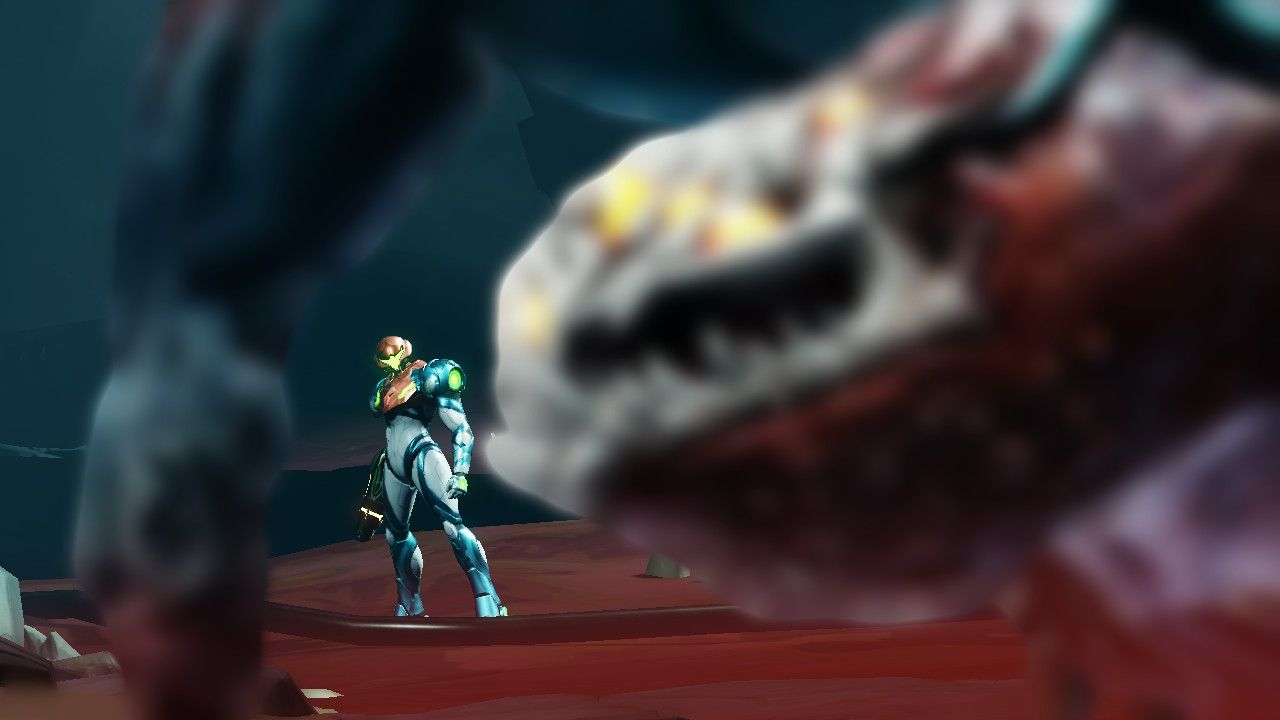
Metroid: Dread
For example, when starting a Metroidvania game, you will likely encounter inaccessible doors, switches that you can’t use, ledges that you can’t reach, and more right from the outset. Over time, you will unlock ways to access these areas either through tools or skills, which often lead to even more upgrades that you can use to fully explore the map. This drip-feed of progressive exploration is one of the most satisfying aspects of modern gaming.
As a result, these games can often require a fair bit of backtracking or warping which is why a detailed map becomes such a valuable resource. Like any genre, not every game that falls within this categorization rigidly adheres to the rules. As such, the lines have become blurred as more games take inspiration from the genre or bend it into something different entirely.
In Japan, this type of game is known as a “Search-Action” game (Tansaku-Gata Akushon). This is likely because Metroid didn’t experience the same level of success there as it did in the West, and because Castlevania is known as Akumajō Dracula in Japan.
The Evolution of Metroid and Castlevania
After Metroid and Castlevania debuted in 1986, both franchises saw success with the release of further entries. Super Metroid became an SNES hit in 1994, taking advantage of the system’s increased power with improved visuals. It further encouraged exploration with secret areas, varied biomes, and a more compelling narrative.
Castlevania: Symphony of the Night is regarded by many as the franchise’s best outing, arriving on PlayStation in 1997. The game incorporated role-playing elements like a character upgrade system on top of other genre staples like an interconnected world and incremental upgrades.
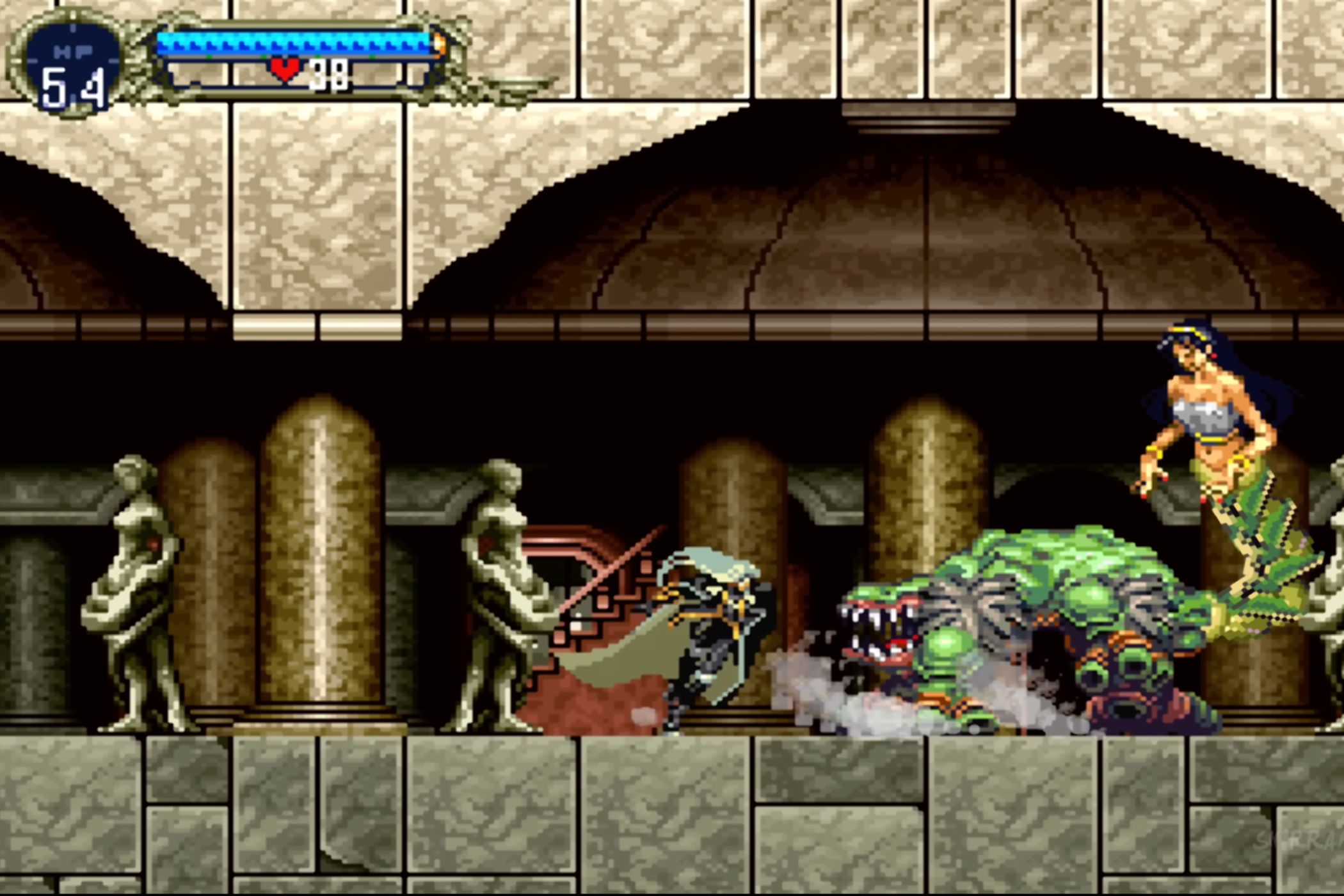
Castlevania: Symphony of the Night
Metroid eventually made the move to the 3D realm with the arrival of the Metroid Prime series, which blends first-person shooting with more traditional Metroidvania elements. Nintendo’s most recent 2D Metroid outing was 2021’s Metroid: Dread for Nintendo Switch, a follow-up that received widespread praise from fans of the series and critics alike.
Koji Igarashi, the writer and programmer of Castlevania: Symphony of the Night, left Konami in 2014 and responded to fan requests for more of the same with Bloodstained: Ritual of the Night. This spiritual successor to the best of the Castlevania series proved to be a hit, with additional content released as late as 2024, with a sequel in the works.
But there’s way more to the genre than namesakes and spiritual spin-offs. Indie development studios in particular have picked up the torch and made valuable contributions, like 2004’s Cave Story which was developed by a single Japanese developer (Daiksuke Amaya) in his free time, before becoming a cult classic with an accessible modern Nintendo Switch port.
Axiom Verge is another similar Metroidvania that started as a side project by developer Thomas Happ. Like Cave Story, the game is considered an indie masterpiece by many and has gone on to receive a sequel. The game takes a lot of inspiration from Metroid, tasking the player with exploration of an alien planet through the use of power-ups and upgrades.
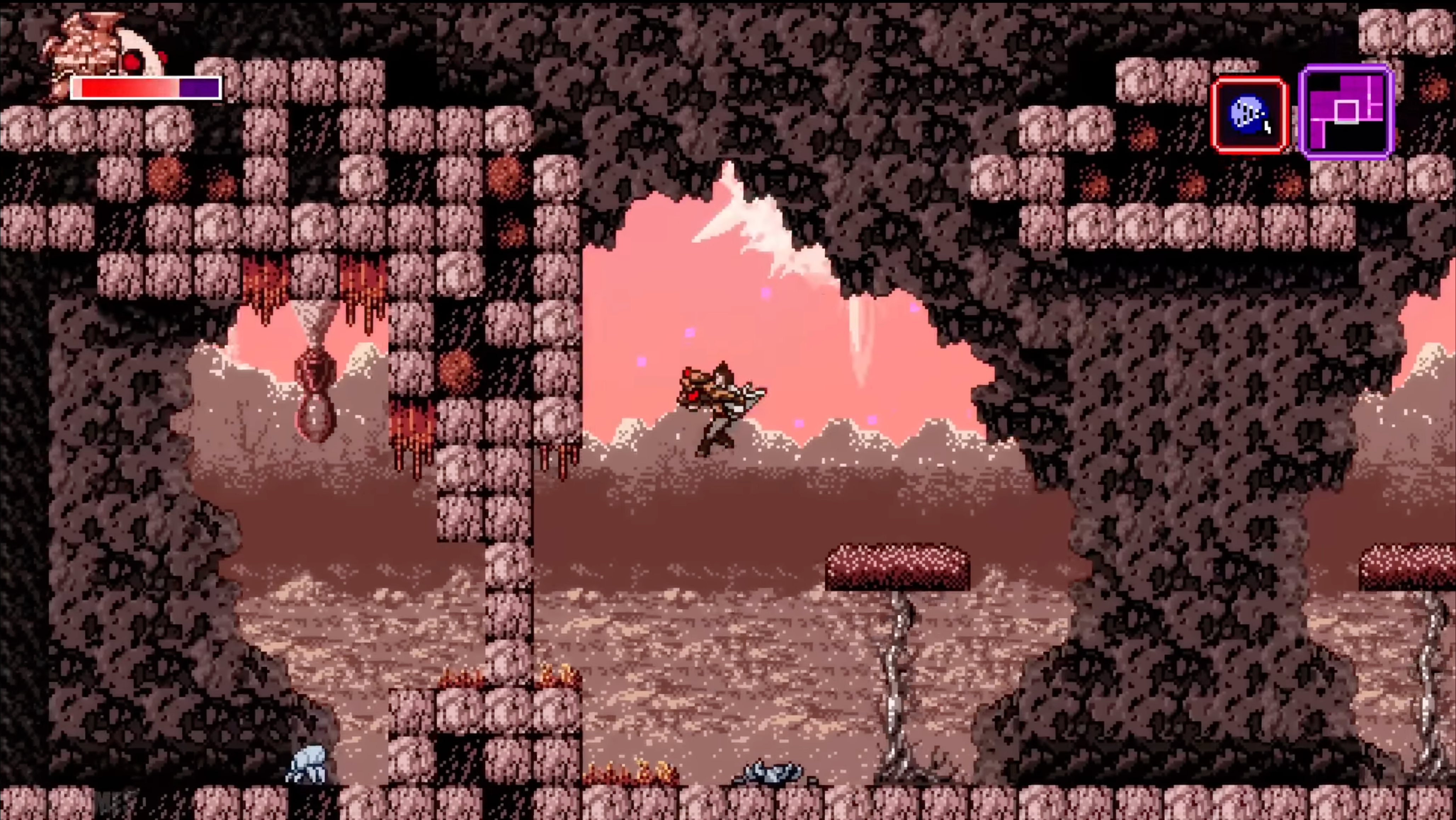
Axiom Verge
The Ori series is another fan-favorite Metroidvania platformer, with a more approachable difficulty curve and beautiful visuals. Hollow Knight is another beloved title that takes inspiration from Metroid, Zelda, and Mega Man that saw its development funded by a Kickstarter campaign. The follow-up, Hollow Knight: Silksong is one of the most eagerly awaited games of all time.
And then there are the outliers, like Yoku’s Island Express, which is part pinball game and part platformer, with a strong emphasis on Metroidvania elements like exploration and unlocks. Steamworld Dig (and its sequel) incorporate one of the most satisfying gameplay loops of exploration, mining, and ever-improving equipment that’s so good it’s hard to put down.
But perhaps the best example of a modern Metroidvania is Dead Cells, a game that blends the best parts of a roguelike game with the exploration and permanent unlocks of a Metroidvania. Like other roguelikes, the game is run-based, and when you die you lose all of your items and upgrades while still making progress by unlocking Runes and spending an in-game currency on consumables called Cells.
Where Should You Start?
If you’ve never played a Metroidvania before, many of the games mentioned above are good starting points. Perhaps the two most obvious choices though are Super Metroid (available on the Super Nintendo Entertainment System with a Nintendo Switch Online membership) and Castlevania: Symphony of the Night (available on PS4 and playable on PS5).
Steamworld Dig 2 is worthy of your time if you’re put off by the difficulty of some Metroidvania titles, and you can finish it in a few hours. Guacamelee! is another approachable title that embraces Mexican folklore and accessible combat to great effect.
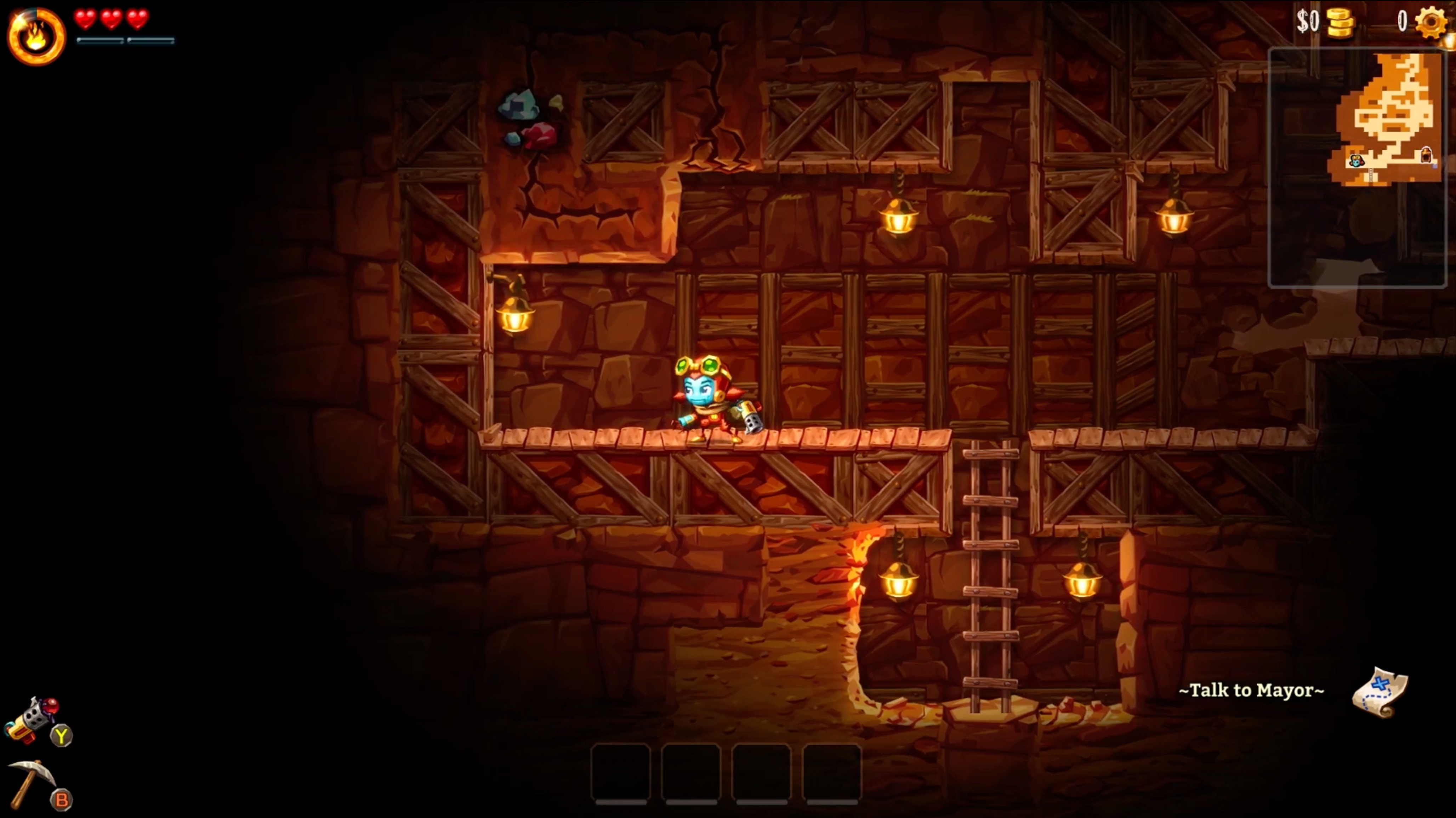
Steamworld Dig 2
For a step up in difficulty and a chance to be wowed by an endearing story and jaw-dropping art direction, Ori and the Blind Forest and its sequel Ori and the Will of the Wisps are challenging but fair jumping-on points. The same could be said of Hollow Knight, though the game dials up the difficulty with its bosses.
If you’re not scared of a challenge, Metroid: Dread is a true modern 2D take on the genre. Be warned though, the use of the word “dread” in the title is not to be taken lightly (I never did finish the final boss). Bloodstained: Ritual of the Night is a similarly modern take on 2D Search-Action, albeit in a more fantastical setting rather than a sci-fi one. Another modern 2D Metroidvania is Prince of Persia: The Lost Crown, which even includes an “easy” difficulty setting for those who need it.
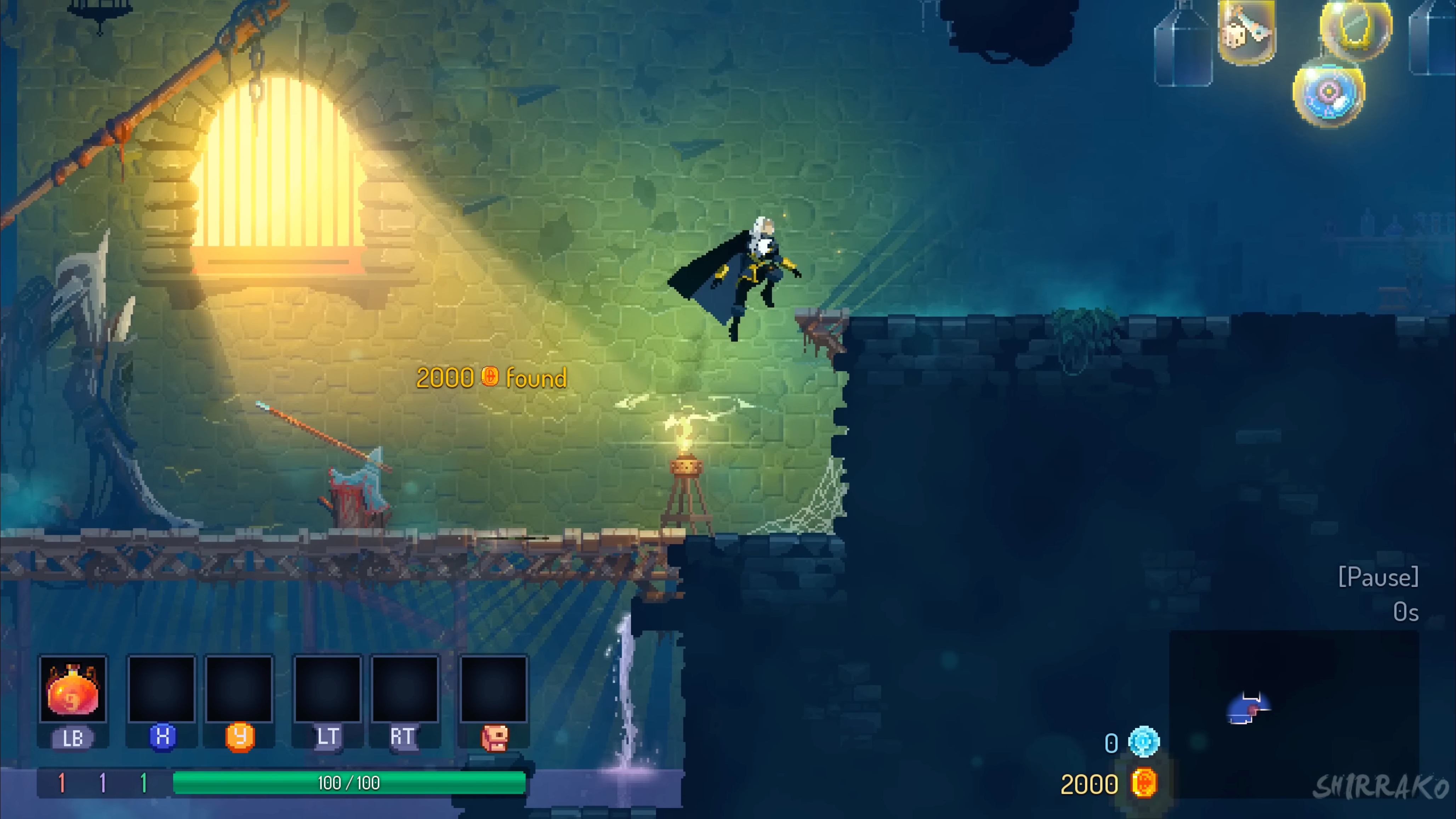
Dead Cells
And even if you are put off by the Soulslike combat and fast pace, Dead Cells is a masterpiece of game design that feels oh-so-satisfying to play, even if you are making progress at a glacial pace.
If you’ve got a modern portable console like the Nintendo Switch or Valve’s Steam Deck handheld gaming PC , these types of games are especially well-suited to handheld play. They work well in short bursts, rely on relatively simple control schemes, and many of them have system requirements that won’t stress your battery too much. The older titles are also ripe for emulation, something the Steam Deck does very well .
Also read:
- [Updated] Expert Screenshots for Discord Enthusiasts for 2024
- 2024 Approved Rapid Restoration of Reddit Archives Removed
- Barnes & Noble's Latest E-Ink Marvel - A Detailed Look at the Nook GlowLight eBook Reader
- Conversão De Arquivos Audiovisuais Online Gratuita - Movavi
- Discover the Elite Range of 2024'S Most Accurate Fitness Trackers
- Highly Rated but High Costing - A Comprehensive Review of the Ambient Weather WS-10002 WiFi Weather Station
- How to Fix MSI Camera Not Working [2024 Tips]
- How to Perform Hard Reset on Realme 11 Pro+? | Dr.fone
- How To Remove or Bypass Knox Enrollment Service On Google Pixel 7a
- In 2024, Crafting Stories Excellence Among 8 Film Categories
- In 2024, How To Bypass iCloud Activation Lock On iPod and Apple iPhone 15 Plus The Right Way
- In-Depth Comparison: Ring Vs. Nest for Intelligent Entryway Solutions
- Innovative Convenience with the Automatic Arf Pet Feeder
- Journey to Superior Audio with Amazing Amazon Basic Soundbar
- L'univers a toujours un plan | Free Book
- Mobvoi TicWatch E2 Review: Cheap, But Not a Good Deal
- Stay Active with Fitbit Versa 3: Enhanced Motivation Through Inbuilt GPS & Health Tracking
- Title: Exploring Video Games: Understanding the Differences Between Metroidvania and Search-Action Blends
- Author: Scott
- Created at : 2024-12-09 09:02:28
- Updated at : 2024-12-11 02:42:19
- Link: https://buynow-info.techidaily.com/exploring-video-games-understanding-the-differences-between-metroidvania-and-search-action-blends/
- License: This work is licensed under CC BY-NC-SA 4.0.